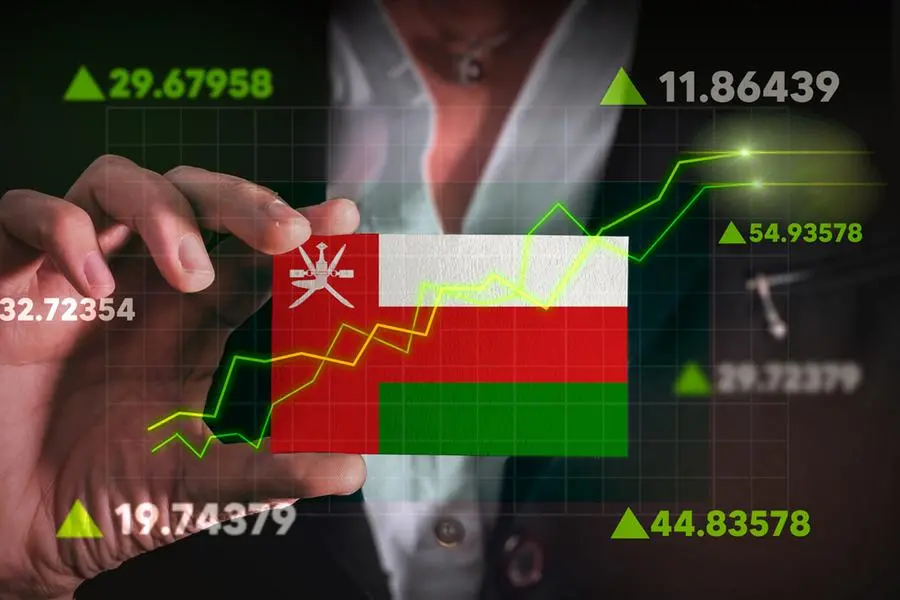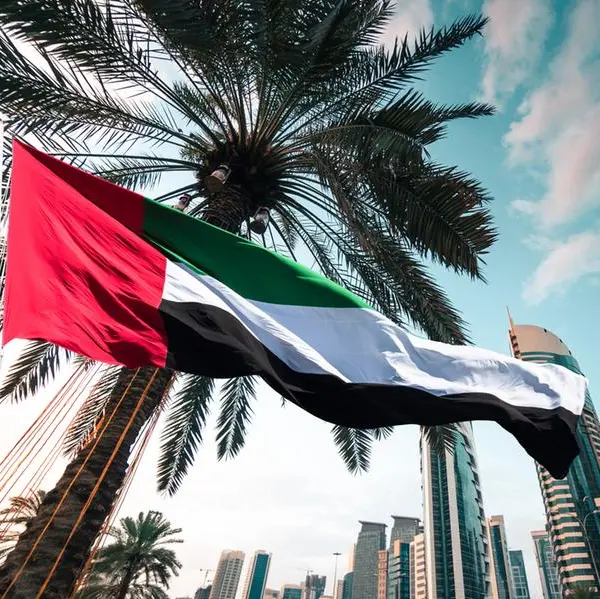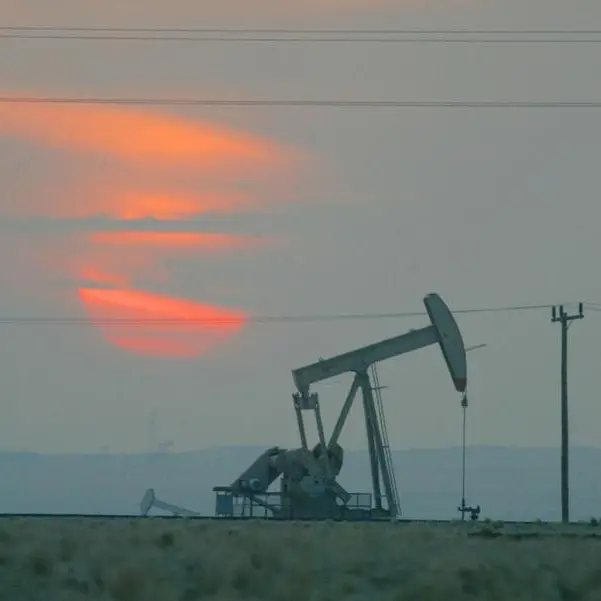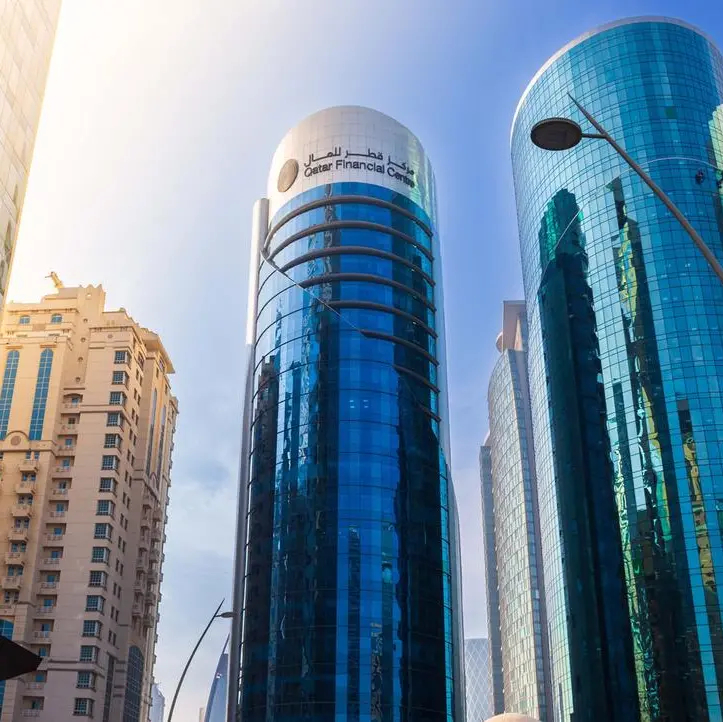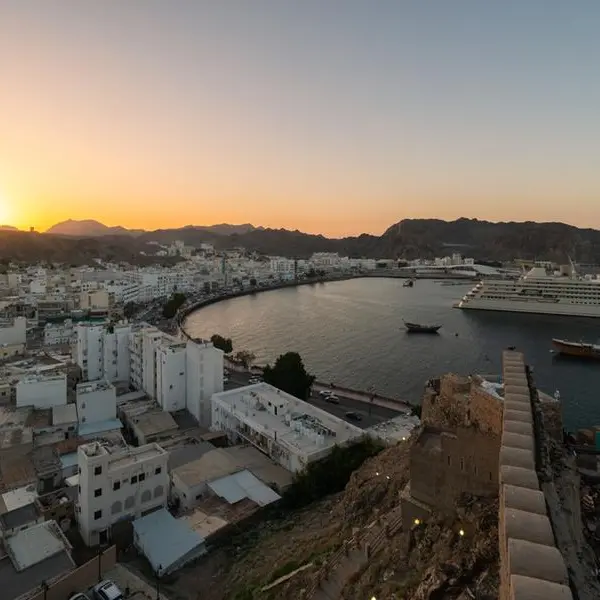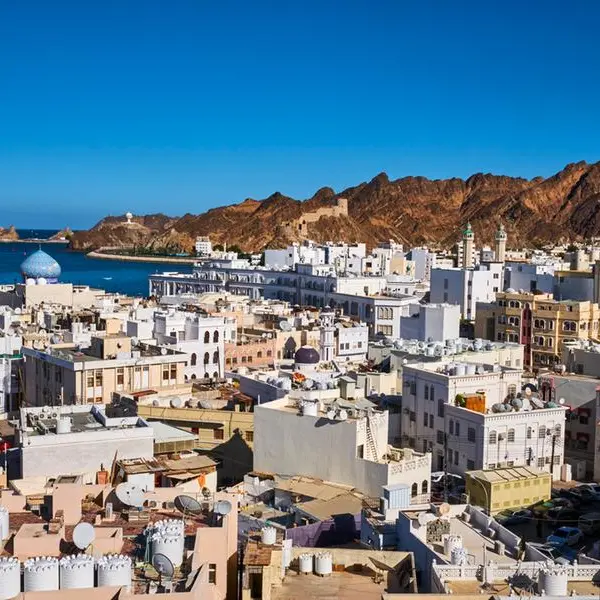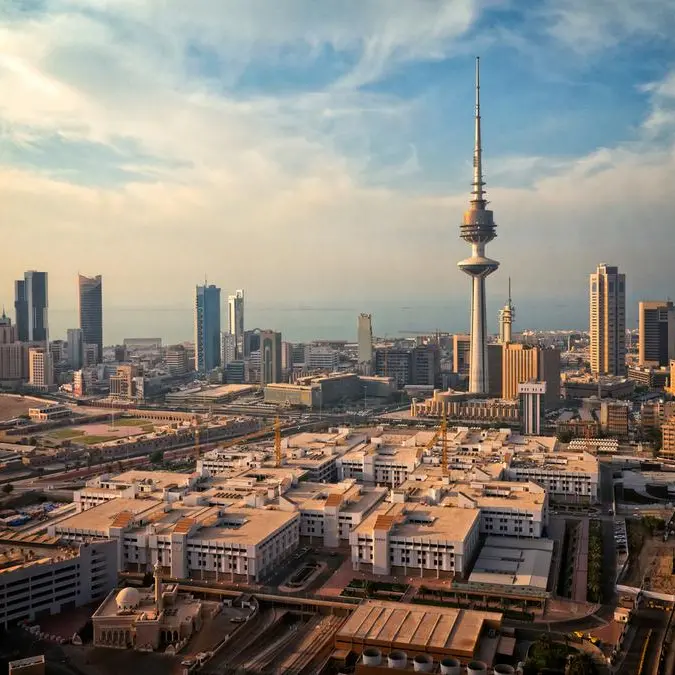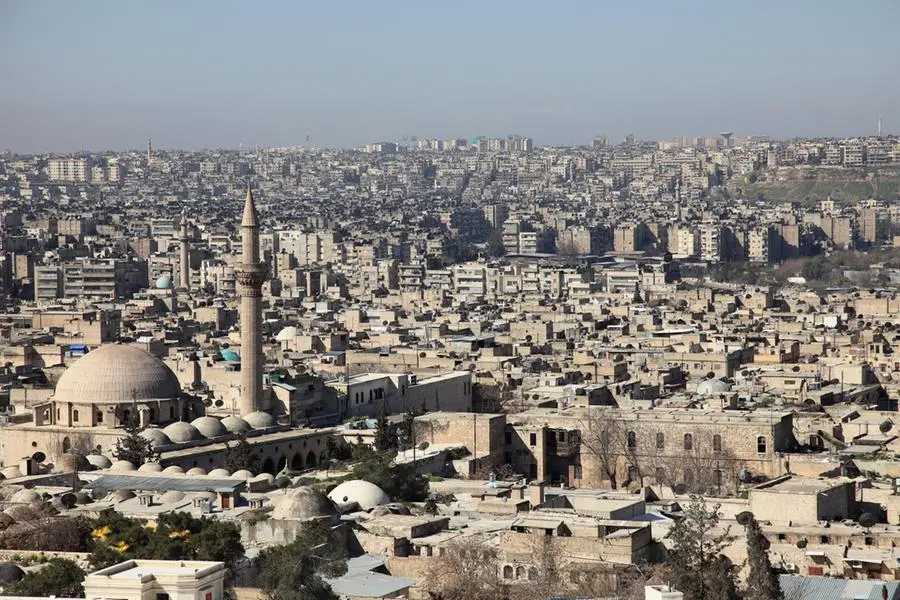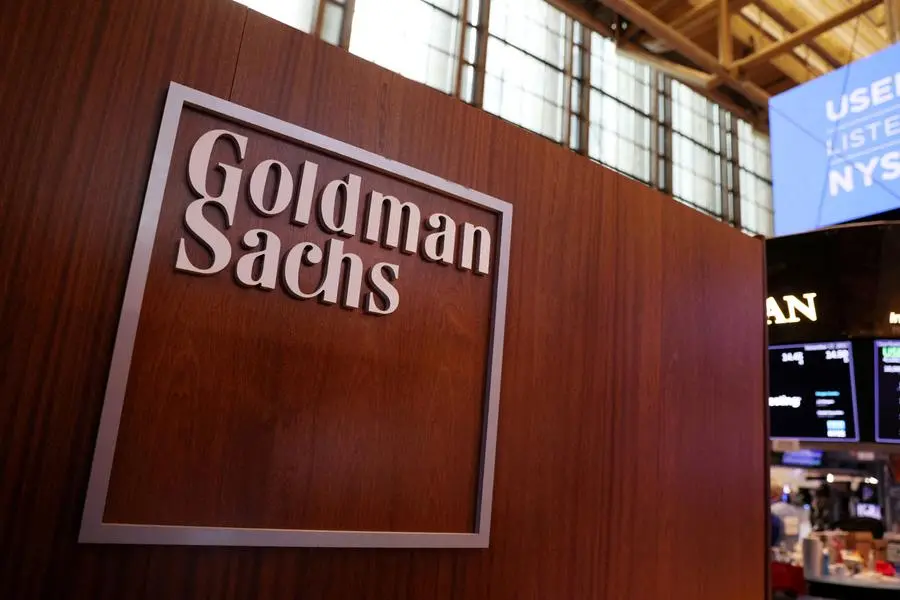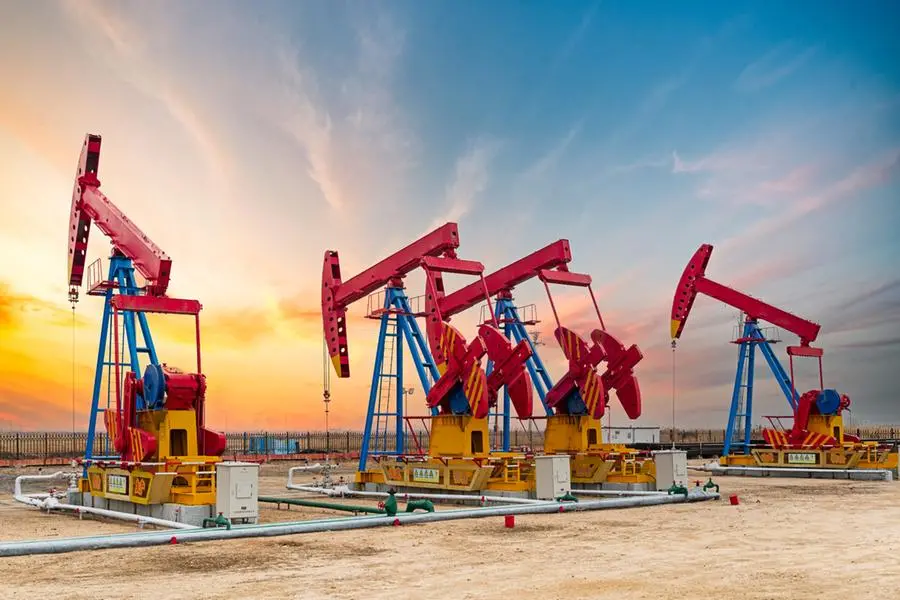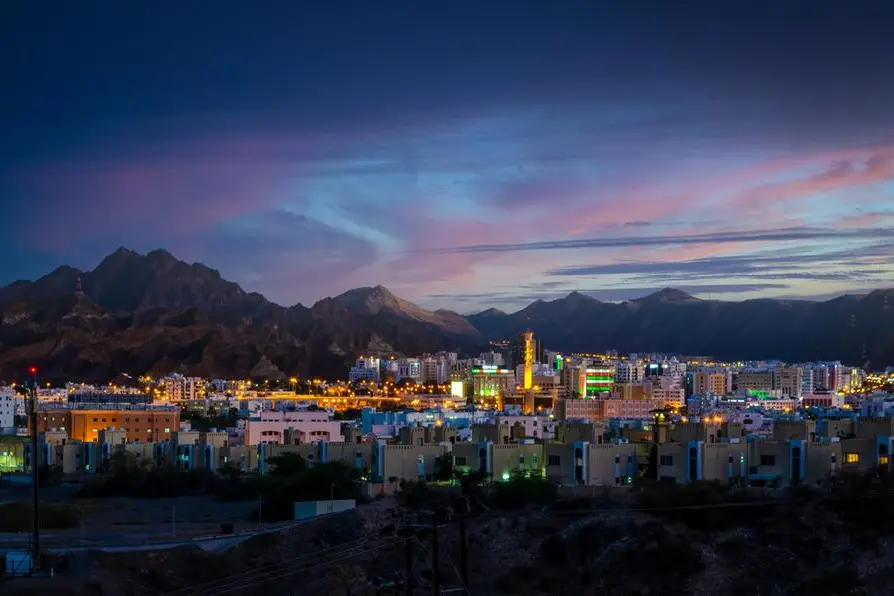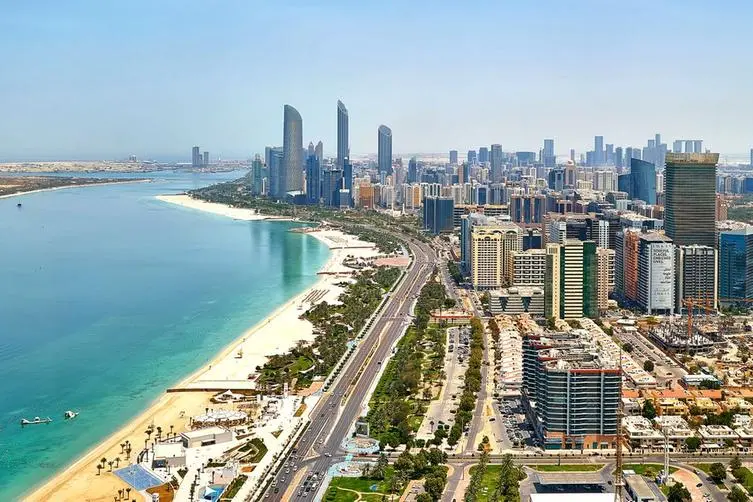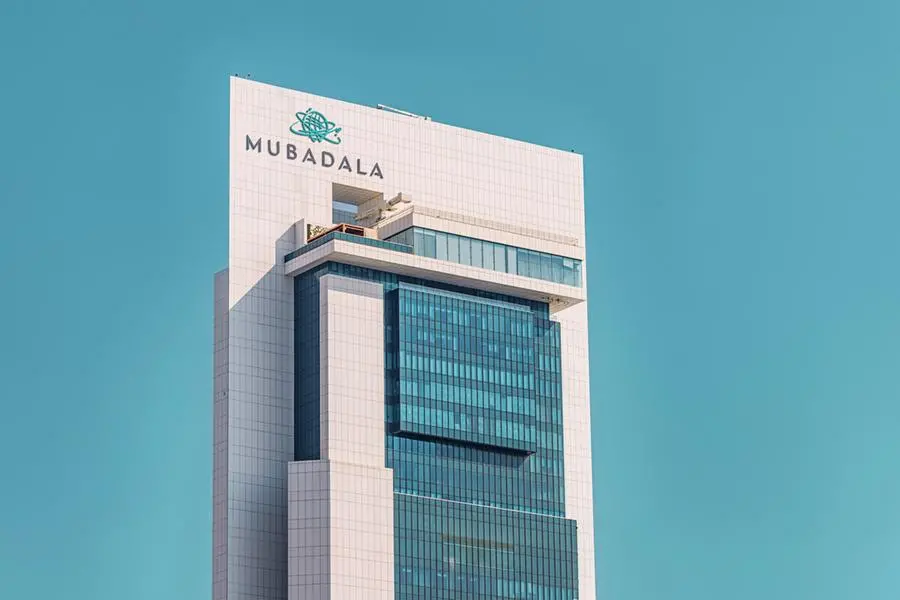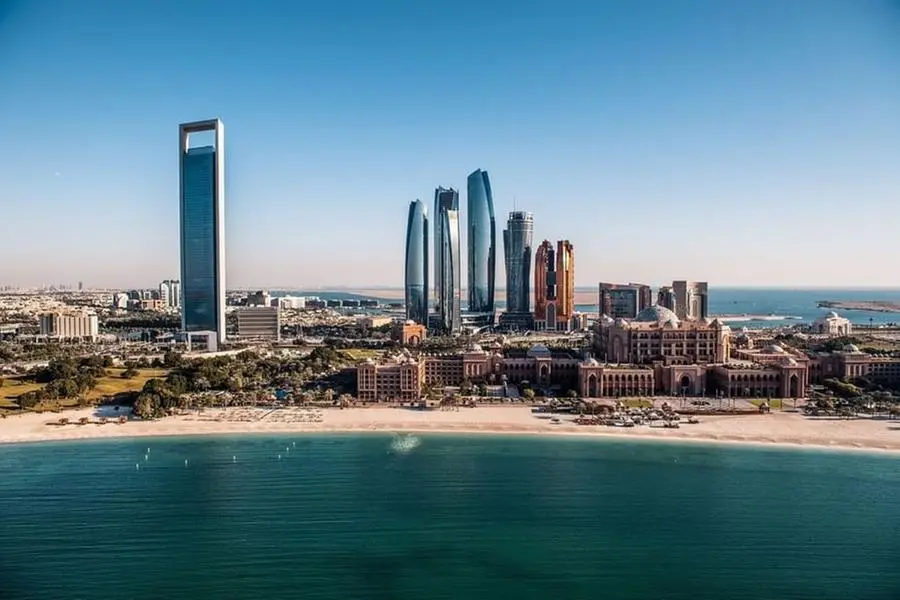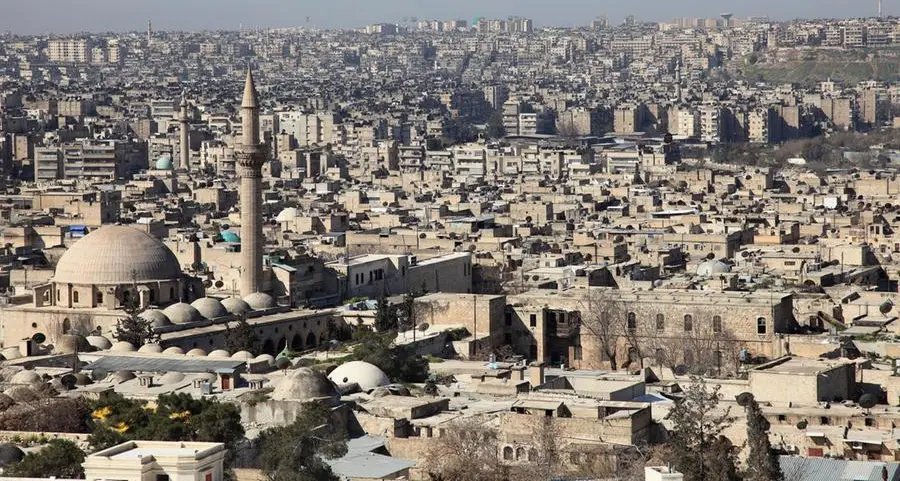PHOTO
S&P Global Ratings has revised its outlook on Oman to positive from stable, saying the outlook revision reflects ongoing improvements in Oman's government balance sheet.
At the same time, it affirmed its 'BB+/B' long- and short-term foreign and local currency sovereign credit ratings on Oman. The transfer and convertibility assessment is 'BBB-'.
The positive outlook reflects the agency's view that the government's balance sheet will strengthen and the economic reform programme could lead to faster-than-expected deleveraging in many state-owned enterprises, without dampening economic growth outcomes. This would strengthen the economy's resilience to adverse oil price shocks, it said.
Upside scenario
"We could raise the ratings over the next 18 months if Oman's fiscal position strengthens further--for instance from a continued reduction in government debt--and the state-owned enterprise sector continues deleveraging. A stronger economic growth trajectory could also contribute to an upgrade," the agency said.
Downside scenario
It said the outlook can also be revised to stable if fiscal and economic reform implementation slows, or if it expects a sustained period of less favourable terms of trade to result in budget deficits or a worse external position compared with our current forecasts.
Rationale
The outlook revision reflects ongoing improvements in Oman's government balance sheet. S&P estimates the government's budget surplus over 2023 at 2.6% of GDP. Net government debt declined to an estimated 2.4% of GDP compared with 7.7% in 2022. With forecast budget surpluses averaging 1.2% of GDP over 2024-2027, supported by its assumption that the Brent oil price will average $85 per barrel (/bbl) in 2024 before modestly decreasing to $80/bbl through 2027, the government is well placed to continue reducing external debt or accumulate assets.
State-owned enterprises (SOEs) significantly influence the Omani economy, in both the
hydrocarbon and non-hydrocarbon sectors. Oman effectively reorganised its SOE sector as part of a broader structural reform programme. The government is reducing its footprint in the economy, to move from owner to regulator, via asset sales to help develop the non-hydrocarbon private sector and attract foreign direct investment, it said.
"We view the reorganisation of the government-related entity (GRE) sector as increasing government oversight, while enabling conditions to be imposed on the individual companies to enhance efficiency and improve their financial positions. Total SOE debt decreased to $33.9 billion (31% of GDP) at year-end 2023 from $34.3 billion (31% of GDP) at year-end 2022, after peaking at $35.9 billion (41% of GDP) at year-end 2021. We expect SOE debt to remain broadly flat in nominal terms, but reforms could lead to deleveraging in 2024 and 2025.
The agency said it estimates that real GDP growth decelerated to 1.6% in 2023, from a hydrocarbon-driven 9.6% in 2022, because of voluntary oil production cuts.
"We expect growth to average about 2% a year over 2024-2027. In the past, public sector spending and investment were significant drivers of growth.
Continued deleveraging by the government and in the GRE sector could dampen growth, in the
absence of economic reform measures to improve private-sector performance. Even with reform efforts over the past three years, Oman's economy remains dependent on the oil sector, which accounts for about 30% of GDP, 60% of goods exports, and 75% of government revenues, it said. - TradeArabia News Service
Copyright 2022 Al Hilal Publishing and Marketing Group Provided by SyndiGate Media Inc. (Syndigate.info).
